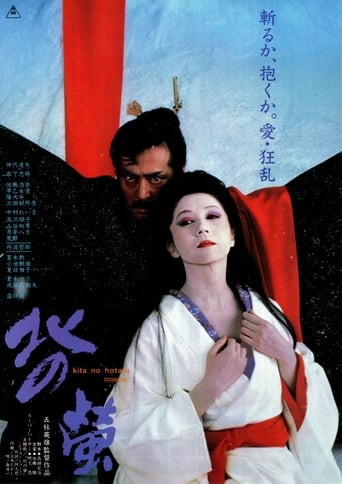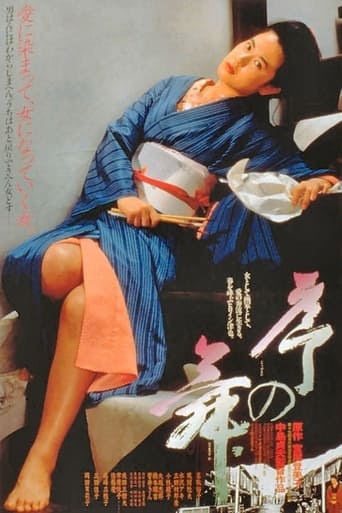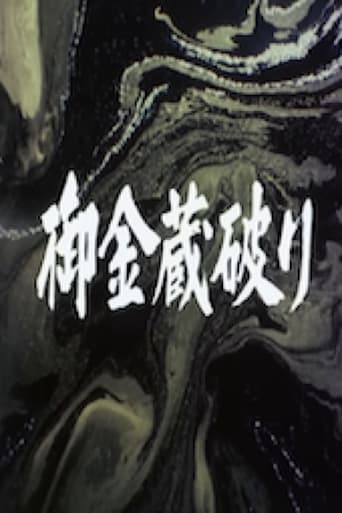御金蔵破り 家康の首
Jan 01, 1983Ichibei teams up with Chief Jindayo of the Goomune (Japan’s gypsies’) in order to steal the shogunate’s solid gold statue of Ieyasu which might bankrupt the central government and complete his revenge against the Tokugawa by toppling them from the seat of power. Meanwhile a mysterious swordsman has entered the area while trying to keep his true identity secret. Will his bloody blade help or hinder Ichibei’s quest for retribution? Will their actions change the course of Japanese history?




